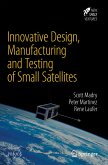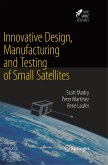The book opens with an introduction to the use of robotic rovers for planetary exploration and their relationship to other terrestrial applications, including oceanography. The terrain in particular, in planetary environment, is a major design driver for the planetary rover and therefore a review of each planet and small bodies of the solar system and their impact on rover design is provided. Mars is the best known example for the NASA 'follow the water' strategy in astrobiology research and is the most likely planet to be explored in the near term. Planetary missions are designed with a different engineering philosophy than Earth-orbiting missions. There are great uncertainties about the operational environment, new scientific instruments, and the requirement for new spacecraft and robotic technologies to make them economically feasible. These include rover design, locomotion, autonomous navigation, rover avionics, mission communications' architecture and power generation and thermalcontrol. The authors conclude by speculating on the need for the manned astrobiological investigation of Mars in terms of near-term evolution of robotic terminology and how robotic rovers can support manned mission by relieving the astronaut/cosmonaut workload. In addition, the future of robotic astrobiology missions will be explored with the implementation of biomimetic robots which attempt to utilise biological solutions to engineering problems. Finally, Nanotechnology and its limitations in the miniaturisation of actuation systems will be covered.
Bitte wählen Sie Ihr Anliegen aus.
Rechnungen
Retourenschein anfordern
Bestellstatus
Storno








